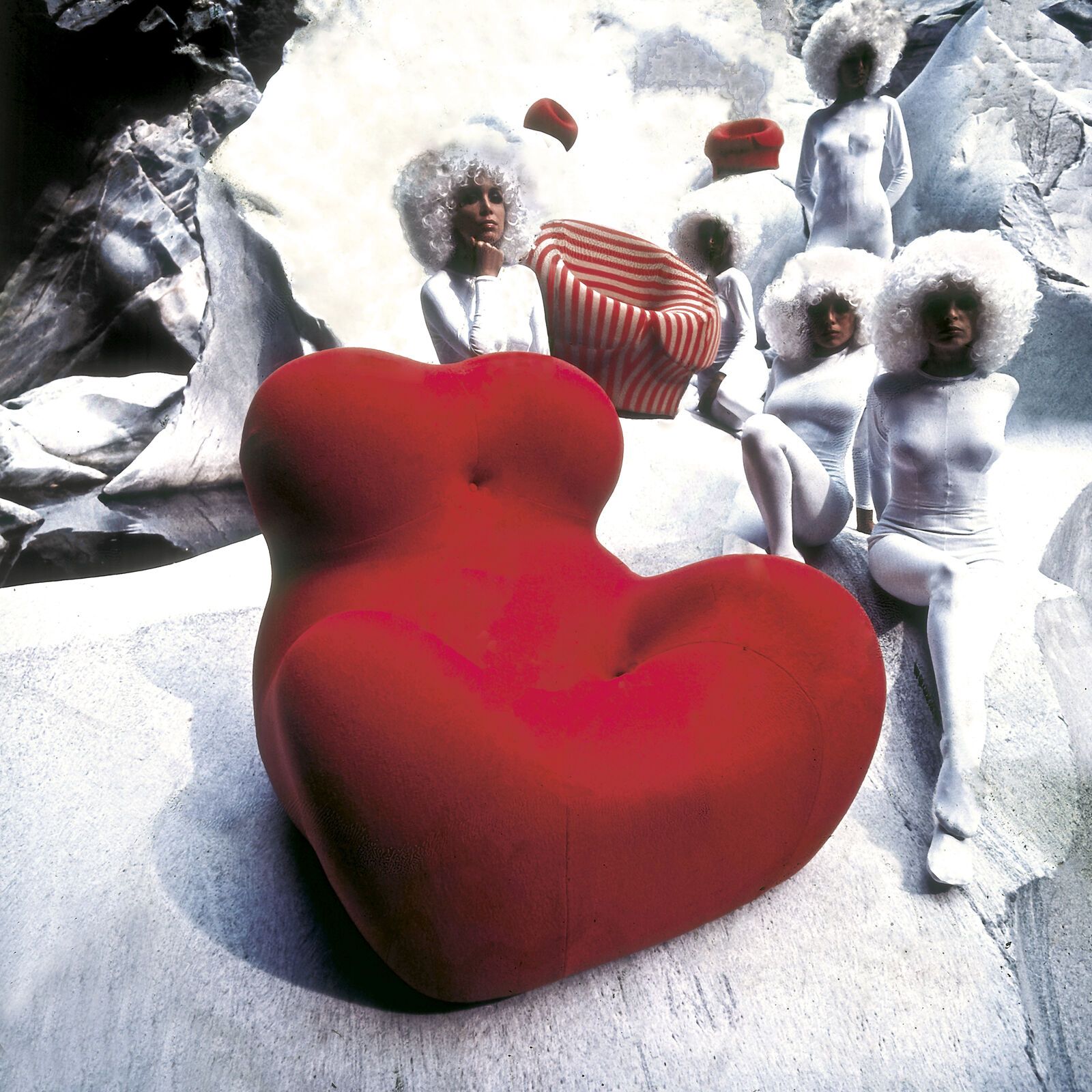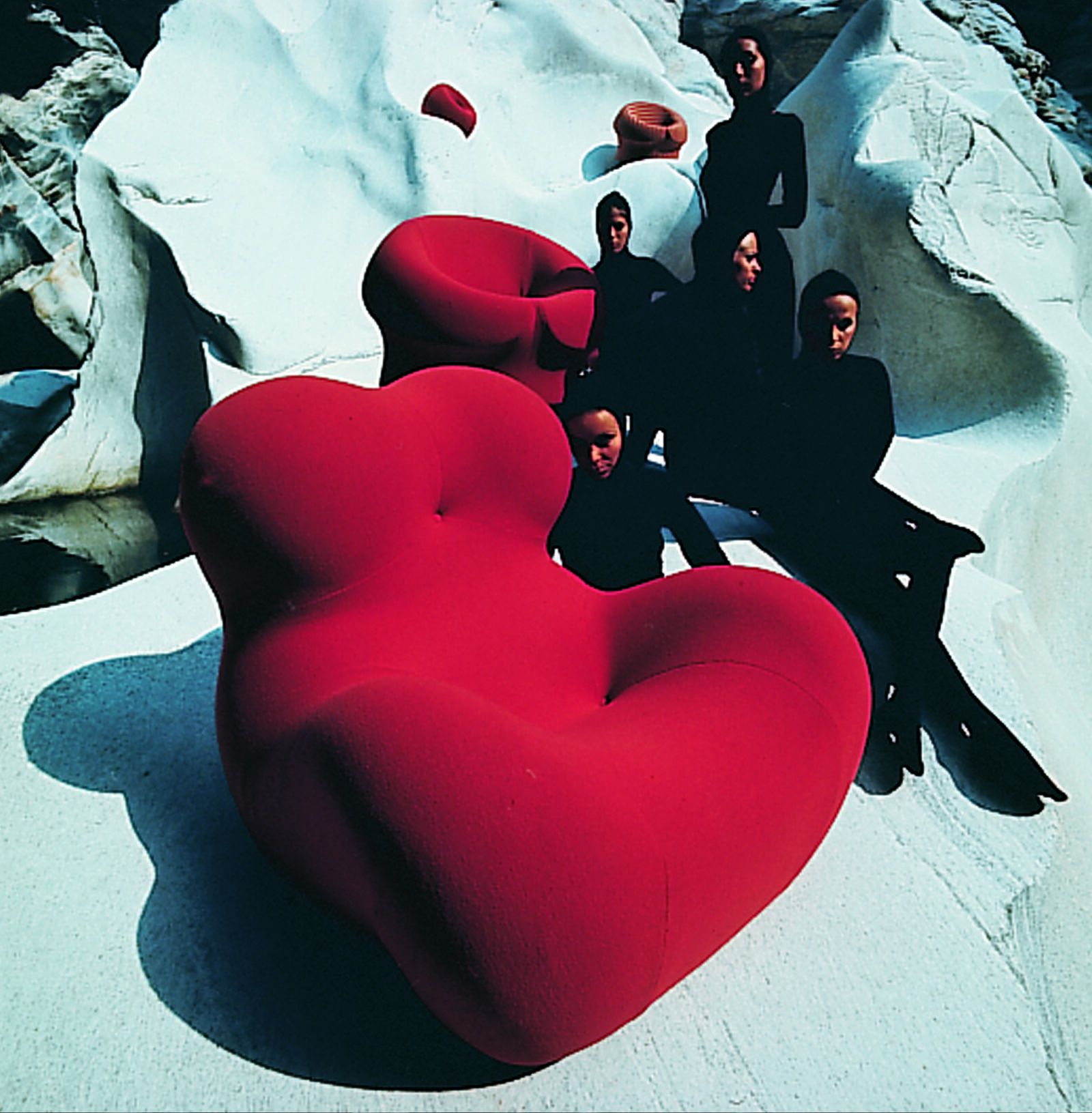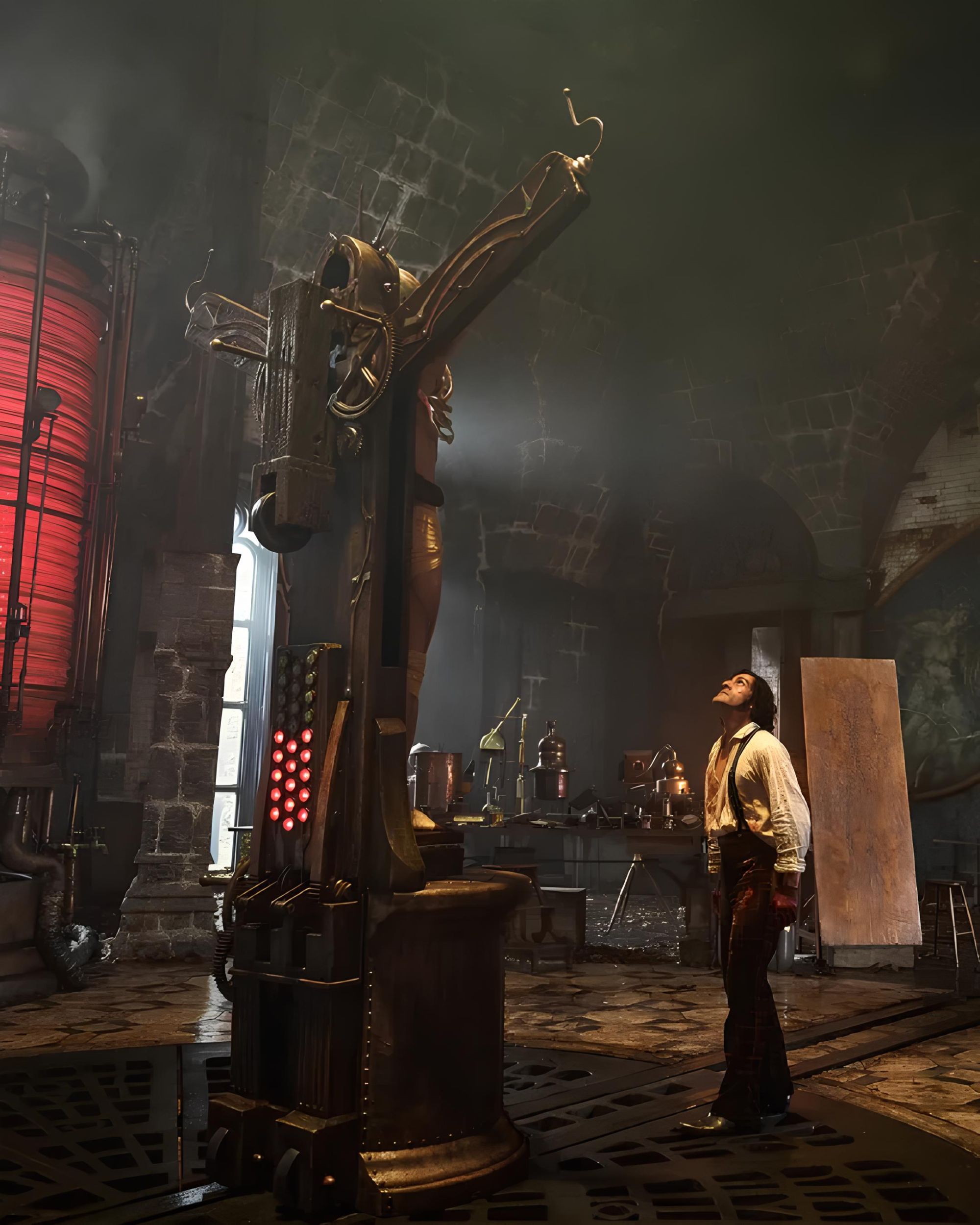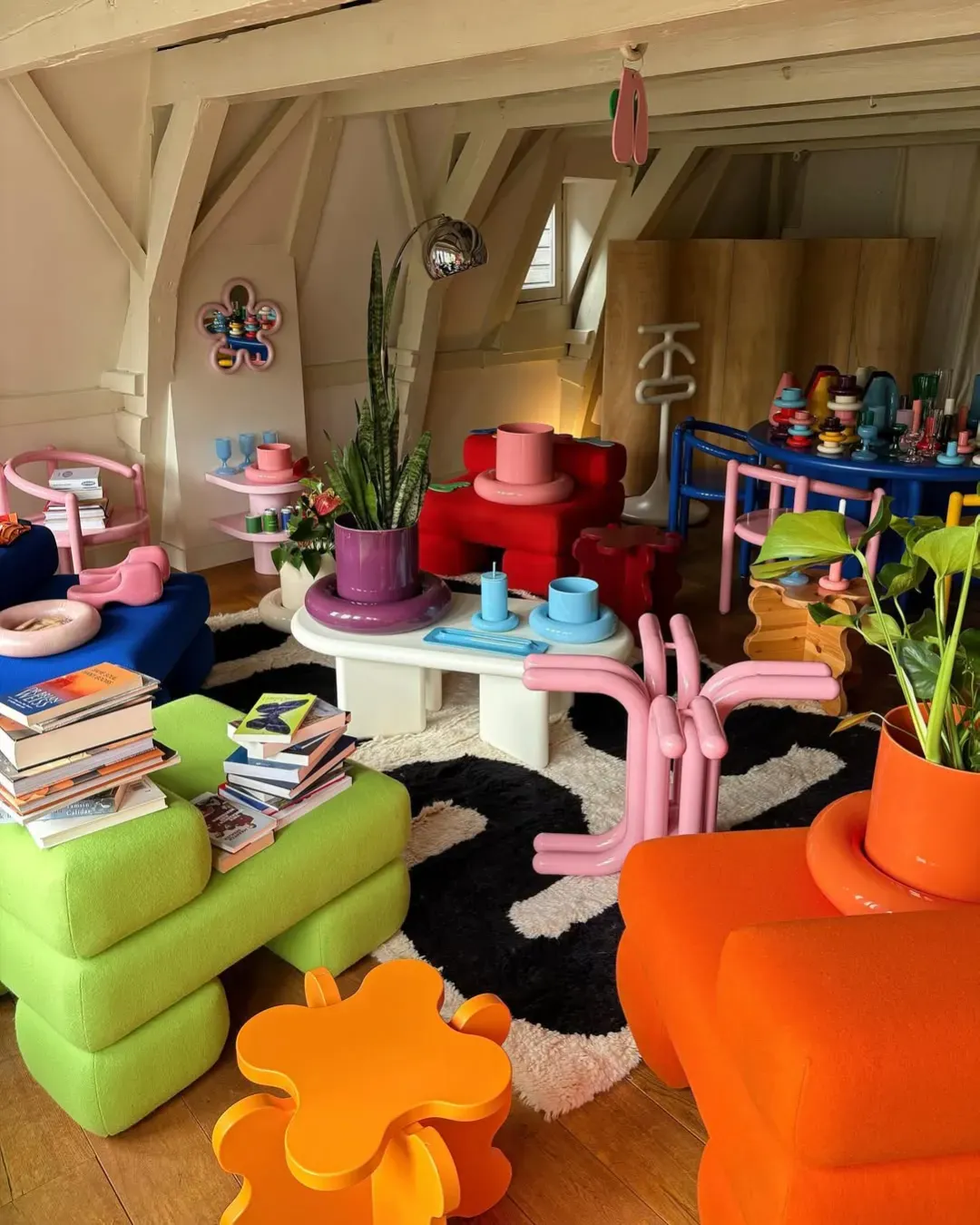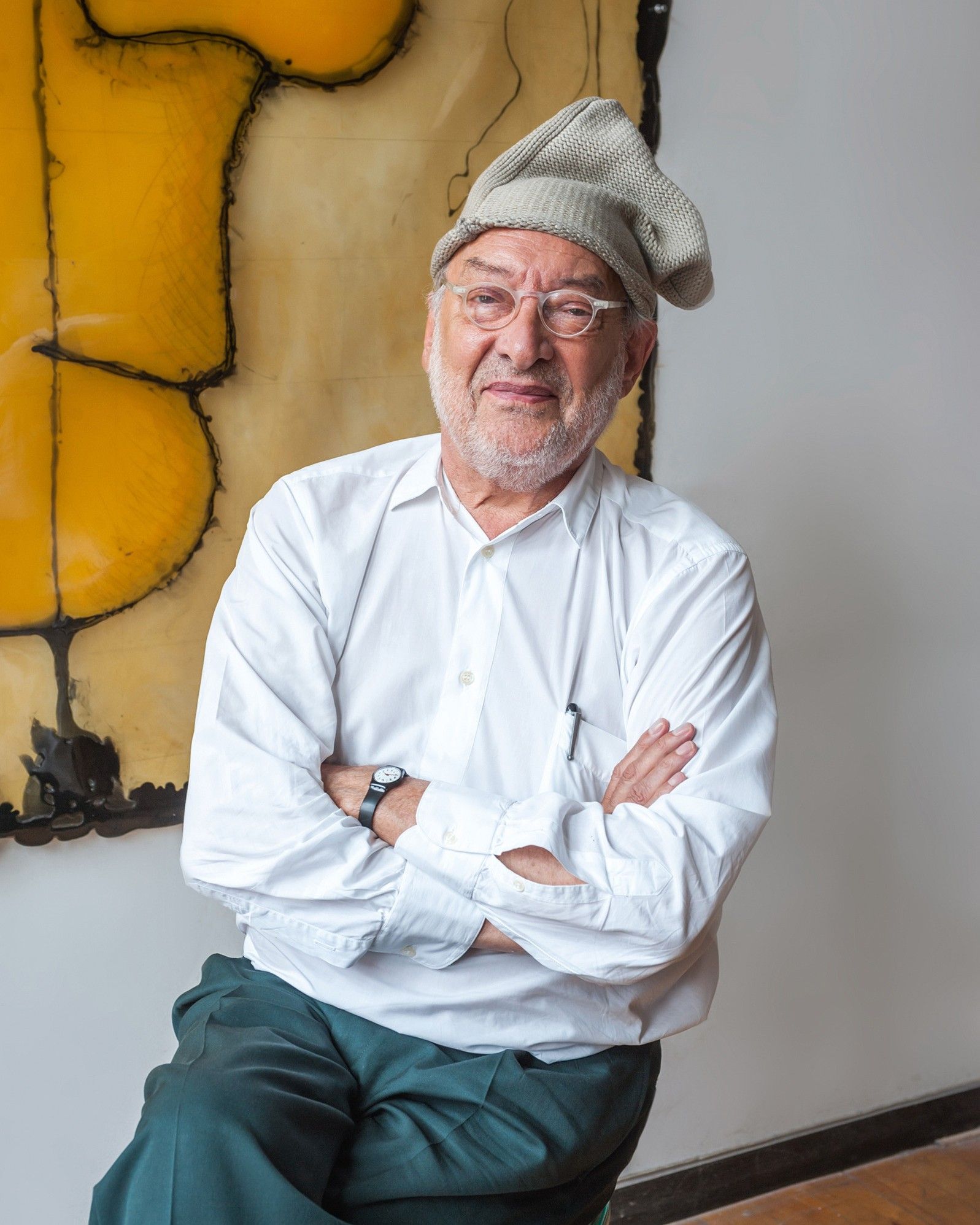
5 artworks by Gaetano Pesce that we will always remember From the Up Series to the collaboration with Bottega Veneta
Yesterday, unexpectedly and just a few days before the start of Milan Design Week, the great Gaetano Pesce left us, one of the last prophets of Italian radical design – an experimental movement that aimed to conceptually reformulate the disciplines of architecture and design by rethinking the relationship between form and function. Over forty years of his career, Pesce's journey spanned entire continents, leaving an indelible mark on the global design landscape. Throughout his illustrious career, Pesce's work found a permanent home in over 30 prestigious museum collections worldwide, including the MoMA in New York, the Metropolitan Museum of Art, and the Centre Pompidou in Paris. His playful and somewhat bizarre works challenge conventional notions of elegance and practicality, instead aiming to stimulate contemplation and reflection in viewers. As an educator, Pesce imparted his wisdom and vision to students for almost three decades, teaching architecture from Strasbourg to New York City. Pesce's contributions to design are immense, with iconic pieces such as the Tramonto sofa and the Up 50 armchair – which have become part of design history, introducing synthetic materials like resin and foam, capable of blurring the boundaries between nature and artifice.
So here are the 5 things we will forever remember about Gaetano Pesce.
1. The Up Series
The Up Series, designed by Gaetano Pesce and produced by C&B (later B&B Italia) starting from 1969, represents an icon of Italian design. The armchairs, notable for their uniquely rounded appearance (one of them even ended up in a James Bond film) of the '60s and '70s, are exhibited in museums worldwide. It comprises seven seats, each inspired by human anatomy, with UP7 resembling a fragment of the Colossus of Constantine now exhibited at the Capitoline Museums. Despite the short commercialization until 1973, the armchairs achieved great success, becoming symbols of the period and radical design and are still considered among the most famous design products of those years.
2. The Organic Building in Osaka
@japanpropertycentral Organic Building, Osaka. Designed by Gaetano Pesce and built in 1993. Office spaces tend to be priced around ¥11,000/tsubo (¥3,330/m2) per month. Some of the tenant soaces are maisonettes. The top floor has its own roof terrace. #gaetanopesce #architecture #osaka #japan #japanarchitecture #japanesearchitecture #japanrealestate #realestate #biophilicdesign #大阪 #建築 #不動産 Tea Errors - Jack Stauber's Micropop
The Organic Building in Osaka, a project signed by acclaimed Italian architect Gaetano Pesce in 1989 and completed in 1993, represents a pioneering expression of eco-friendly architecture. The nine-story building features an outer facade composed of concrete panels coated in red steel, dotted with fiberglass "pockets" that house over 80 varieties of native plants, thanks to a controlled irrigation and drainage system. This cutting-edge initiative has been recognized as an urban monument by the city of Osaka, emphasizing its innovative role in promoting vertical greenery and sustainable architecture.
3. Collaboration with Bottega Veneta
In 2022, Gaetano Pesce collaborated with Mathieu Blazy to create 400 resin chairs used during Bottega Veneta's SS23 fashion show. Each chair was individually crafted, following Pesce's preferred technique, and featured an irregular design that expressed its uniqueness. Another point of interest was the involvement of iconic supermodel Kate Moss, who posed nude on the chairs to promote the launch of the sales campaign, emphasizing the uniqueness and sensuality of the chairs Come stai?. Subsequently, in 2023, Pesce set up an immersive installation called Vieni a Vedere at the brand's Milan boutique during Milan Design Week. This installation featured two special bags, My Dear Mountains and My Dear Prairies, designed by Pesce and hand-painted with an airbrush, capturing the watercolor hues of Pesce's original design, while My Dear Prairies was crocheted with leather in seven different colors, recreating the chromatic variety of American prairies.
4. Italy on the Cross
Italy on the Cross, one of Pesce's most provocative works, presented in 2009, features an imposing seven-meter cruc ifix bleeding, surrounded by prayer benches, a baptismal font, and tricolor candles. This installation, presented at the Teatro dell'Arte and the Triennale di Milano, is a call for Italians to reclaim and valorize their creativity. The aim was to awaken a sense of action and reaction in the Italian people, urging them to shift from a pessimistic attitude to proactive optimism and the construction of a better future. This project, originally conceived in the 1970s, was realized decades later thanks to the courageous support of the Triennale. With a crucifix symbolizing a wounded and bleeding Italy, Pesce emphasizes the need for active and creative political engagement to address the challenges of the present and future, urging the political world to propose and implement meaningful projects for the country's progress and the well-being of the youth.
5. Sixty-One
Sixty-One is a celebratory work created by Italian sculptor and designer Gaetano Pesce in collaboration with the Italian company Cassina to commemorate the 150th anniversary of the unification of Italy. The work, stemming from a previous industrial design project from 1980 called Sansone, consists of sixty-one unique handmade tables, made by pouring resin mixed with the colors of the Italian flag into a mold and left to solidify cold. Each table is unique in shape and colors, representing a specific geographical area or Italian historical event. The table legs are independent and can be freely rotated. The work, measuring approximately 25 x 20 meters, symbolizes Italy as a great lady divided into sixty-one parts, including the archipelagos. Pesce chose the name Sixty-One in reference to the year 1861, the foundation of the Kingdom of Italy. The artist expressed great satisfaction with the final result, not only for the elaborate work but also for the cultural environment that formed during the realization process. The signature of the then President of the Republic Giorgio Napolitano on table number 40, "Ventotene," during a visit in 2010, underscored the cultural importance of the work.










































